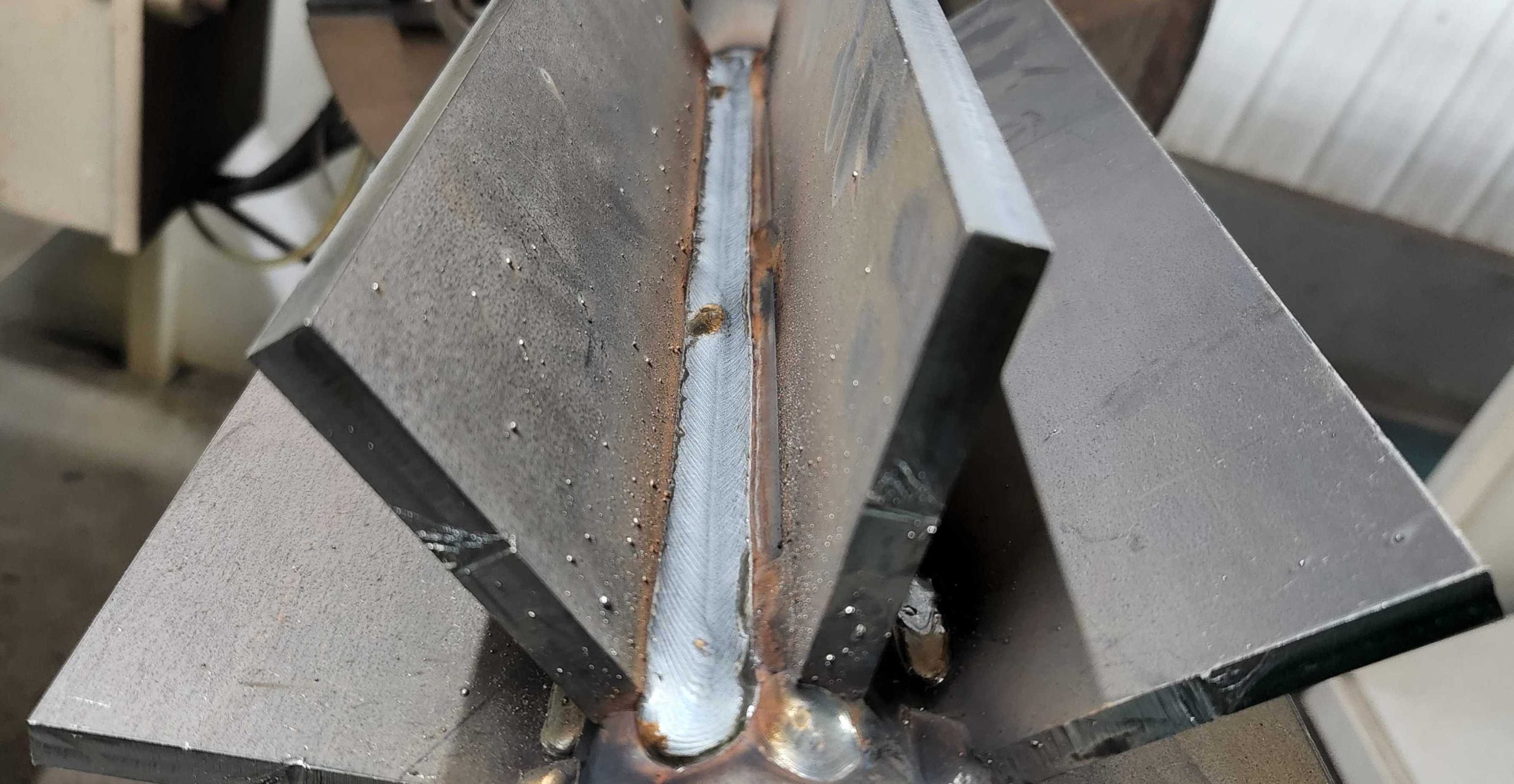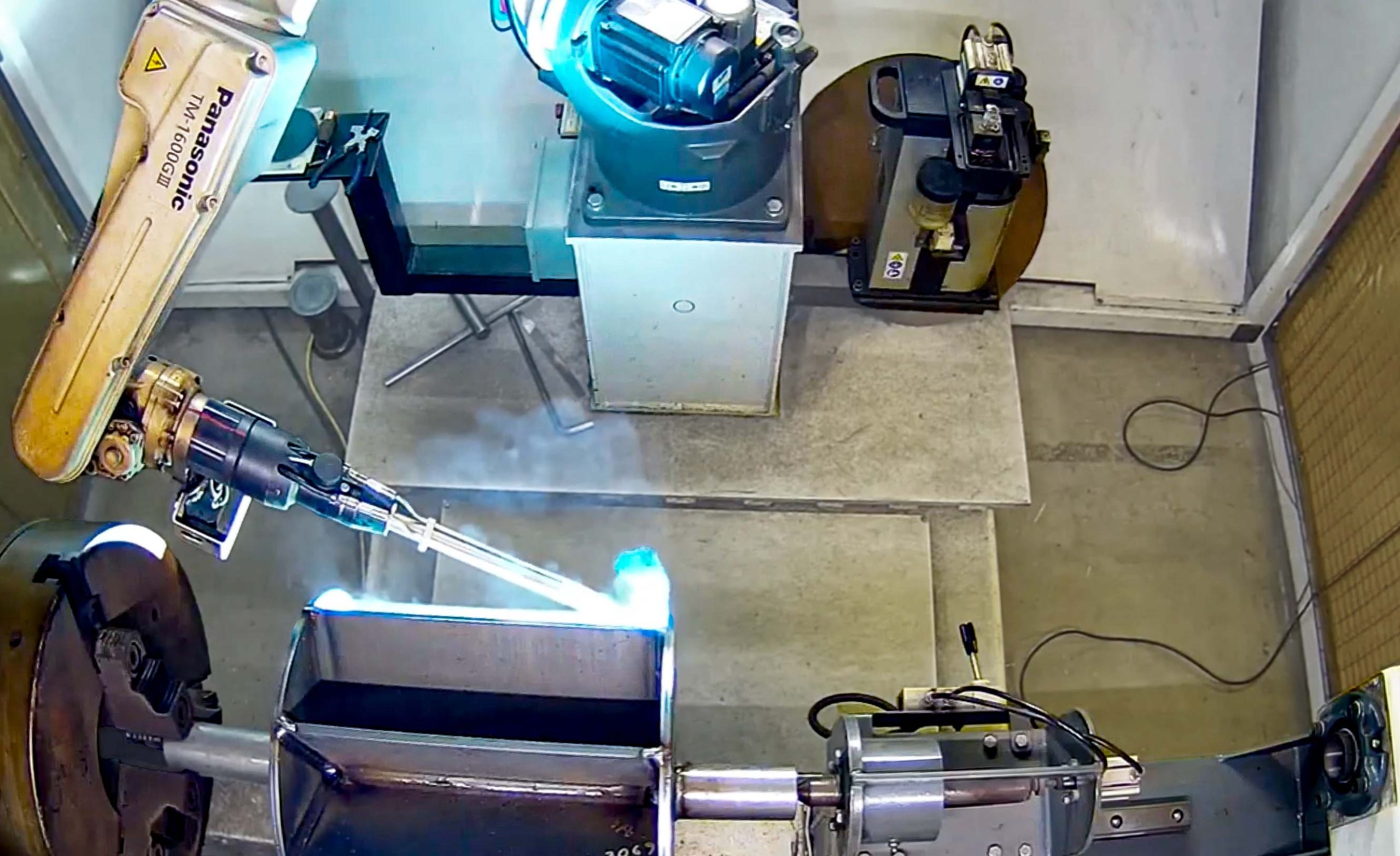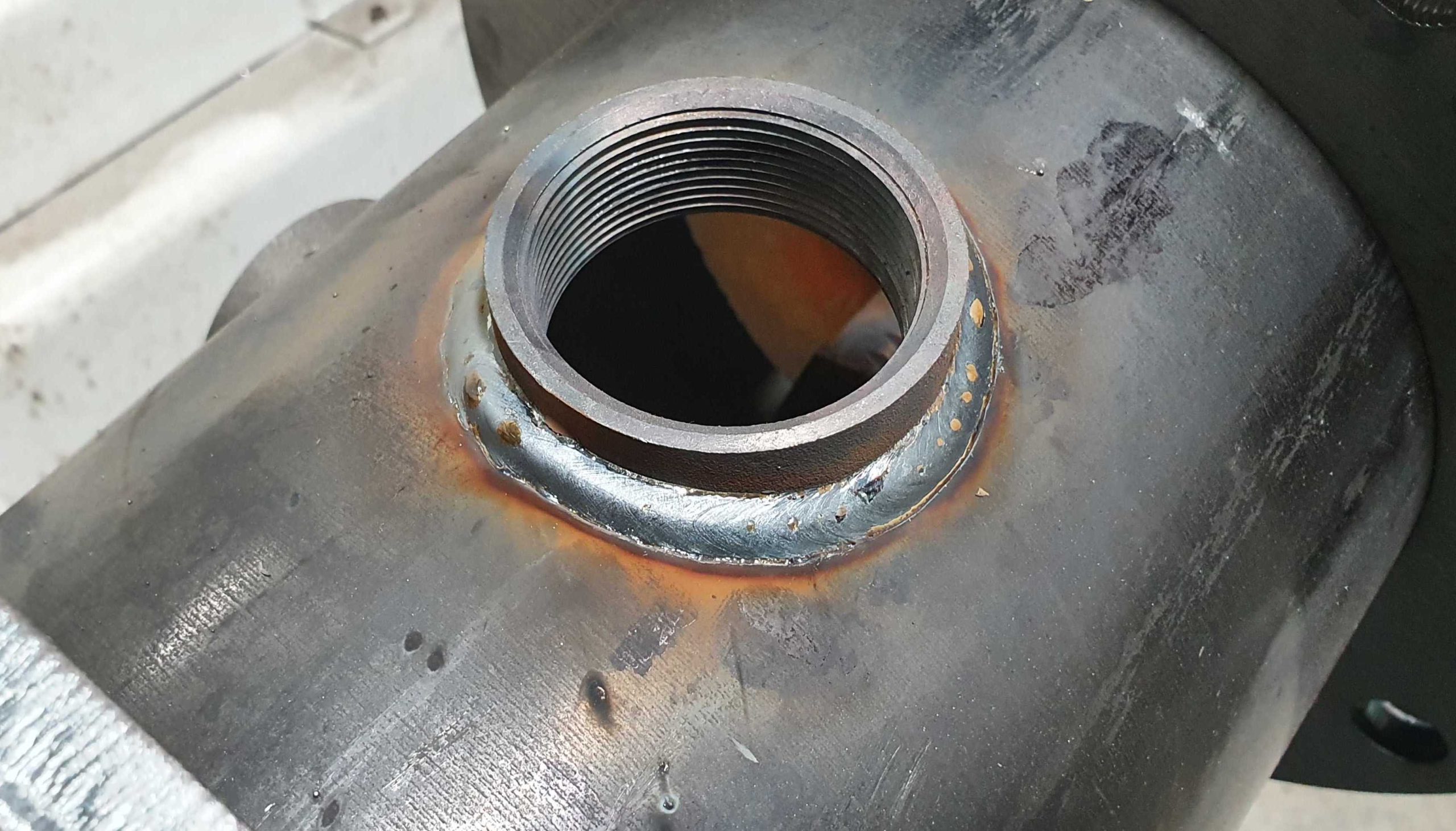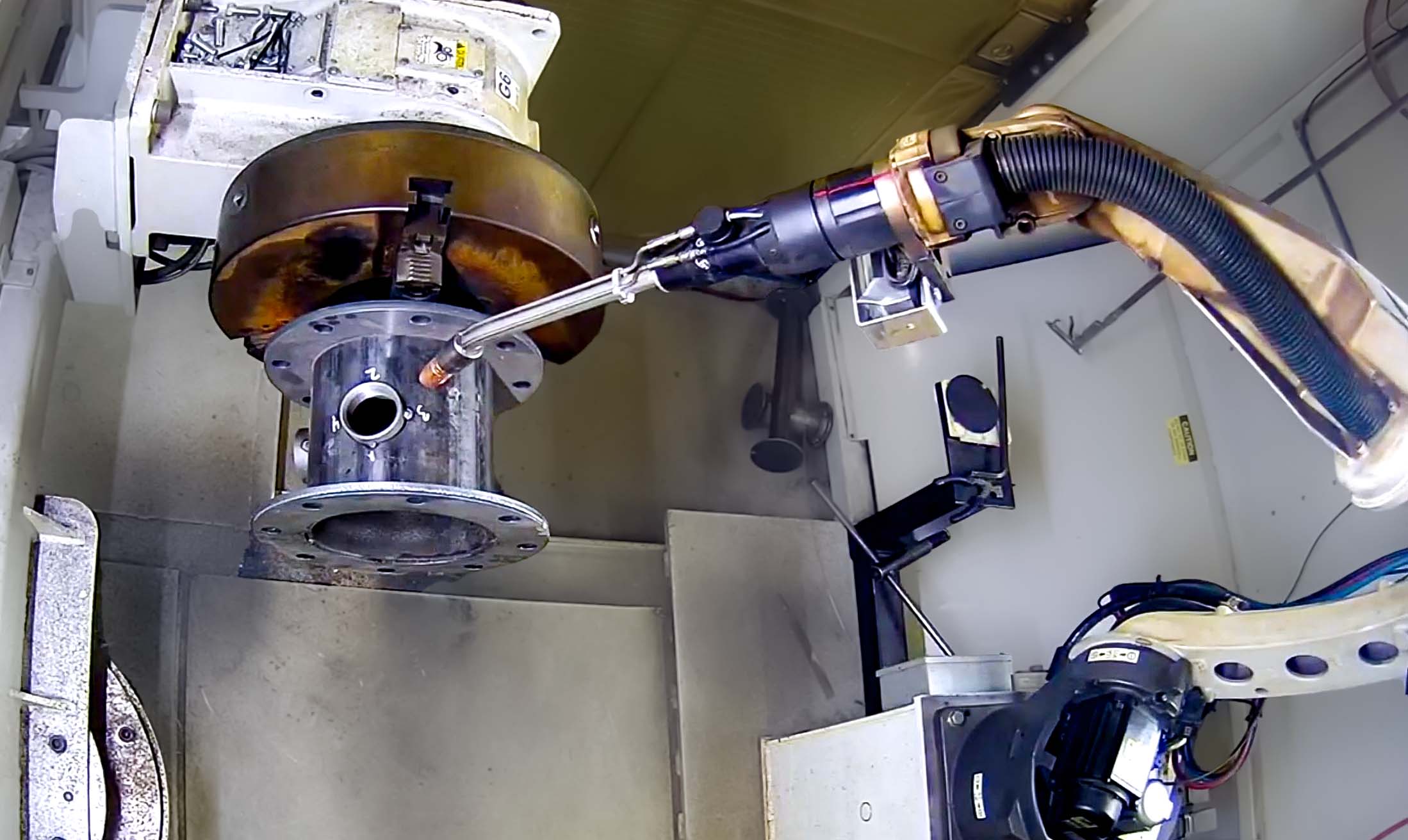How to Increase Your Robotic Cell Utilization?

One of the most effective ways to solve the shortage of labor is robotization. But you can often hear about negative experiences when, having bought a robotic cell, manufacturers barely use it. A company may change its product line due to a correction in market demand or a new large order for other products. As a result, the robot that has been programmed for a particular type of product is sent to gather dust in the corner or be found among the advertisements for the resale of used robots.
The problem is in the complexity of robot programming. It requires a highly paid programmer on staff. Moreover, it takes a lot of time. Ultimately, the cost to the company is extremely high. But there are new technological opportunities to retrofit current robotic cells that can be used effectively.
Robots are becoming flexible and adaptive. In other words, they can easily switch from one product to another in minutes without programming. This is possible with the use of AI and machine vision technologies.
Let’s take a look at this with an example.

There was a Panasonic robot with a positioner at a site in Kansas. The company used this robot to weld rotors. After installing a machine vision sensor and new software on the robotic cell, they increased the utilization of this robotic cell by several times.
Now it takes only 10 minutes to start welding a new part that has not been welded on this cell before. The welding specialist loads a 3D model of the product, then selects the seams and sets the welding parameters. The robot and software do everything automatically thanks to new technologies. No programming, and no robot downtime to program the next task. They can set a new task for robots as the cell is working on another one.



Previously, the company could not use robots to weld products with pipe-in-pipe designs because it was difficult to program. Now it has become possible.
In addition, now it is not necessary to measure the part’s position with a ruler when loading it into the robot’s work area. Robots automatically recognize the position using machine vision and adapt their path. Parts can be freely placed in the work area. This makes working with the robot simple and convenient.
You can learn more about the possibilities of new technologies for already installed robotic cells at the session Cost-Effective Robots for Any Type of Production, Even One-offs. Case Studies. The session will take place on Tuesday, November 8, 2022 from 12:00 PM – 1:30 PM.
About the Speaker:
David Suttle is an experienced business/technology leader with over 30 years in bringing innovations to manufacturing that solve business problems. Co-designed automation software that brought in half a billion in revenue. Held leadership positions across a variety of industries and corporations. Norfolk Naval Shipyard, Reliance Electric, CompuServe Networks, EWI – Edison Welding Institute, and Path Robotics.















